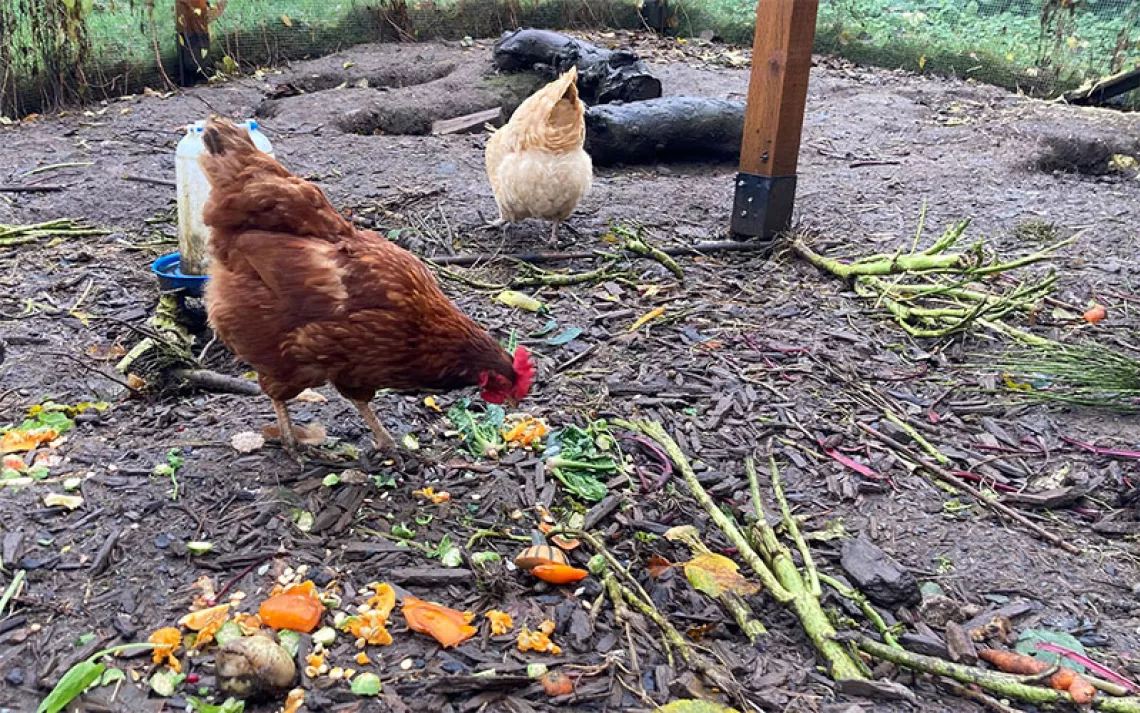Hey Mr. Green, Should I Care How Far My Food Travels?

Photo by iStock/JMichl
Hey Mr. Green,
I hear that agriculture and food transportation take a whopping amount of energy, and therefore contribute to global warming. If so, what can we do about it?
--Janet in Jacksonville, Florida
Locavores complain that agribusiness burns way too much energy. Growing food, however, takes less of the total U.S. energy budget--about 2 percent--than processing and packaging it. And surprisingly, given all the fretting about food miles, food transportation requires only 0.5 percent of our total energy, and half that much comes not from big rigs barreling down the interstate but from shoppers driving to and from stores and restaurants. A car on a four-mile round-trip to fetch 50 pounds of groceries uses 300 times more fuel per pound per mile than a semi does.
Increased reliance on fast foods and commercially prepared meals adds to food-related energy use, because it requires more transportation and replaces manual labor with machines. But the biggest food-related energy drain is in your own home: Refrigeration, cooking, dishwashing, and disposal consume a third of the energy in the food system.
Here's how to reduce your dinner's energy content: (1) cut down on heavily processed, excessively packaged food and get back to basics, which will help farmers (who once received nearly 50 cents of every food dollar and now get only 17 cents, thanks to the increased share taken by processors, packagers, and marketers); (2) bike, walk, carpool, or take public transit to food stores; (3) avoid fast foods and eat out less; (4) get efficient Energy Star-approved appliances; (5) grow your own produce if possible; and (6) do like Grandma said: Clean your plate and don't waste so dern much. Annually, 34 million tons of food waste ends up in dumps, creating the greenhouse gas methane and wasting the energy it took to produce it. --Bob Schildgen
 The Magazine of The Sierra Club
The Magazine of The Sierra Club



